Discovering and Dealing with Innate Unconscious Bias will address the principles of unconscious bias in teams. This talk is designed to educate participants on the various dynamics at play in team environments as it pertains to Unconscious or Implicit Bias. Participants will be exposed to fundamental knowledge, tools and resources to identify, address and minimize unconscious bias in their dealings with both clients and fellow team members. Participants will discuss some of the natural conflict that can arise when individuals of diverse backgrounds come together in teams.
This presentation will demonstrate how differences in communication styles, leadership and backgrounds, coupled with the impact of media and other societal influences, can lead to stereotypical profiles of fellow team members as well as clients. Human beings often exercise over 150 different types of unconscious/implicit biases in their everyday lives and through a series of videos and real-world scenario modules, participants will be exposed to the myriad of ways that these biases can creep into our interactions with clients and fellow team members.
This training will be focused on addressing three objectives. The first objective will be to create an awareness of unconscious bias, what it looks like, demonstrate its pervasiveness and explain why it occurs. (This will take 30 minutes) The second objective is to explain its short term and long-term impact (30 minutes) and the final objective is to educate participants on how to significantly reduce bias, both in themselves and others (30 minutes). By the end of the presentation, participants will have strategies to help audit and mitigate the impact of unconscious bias in policies, procedures, negotiations and decision making.
Learning Objectives:
- Attendees will be able to clearly define unconscious bias and how it relates to ageism.
- Attendees will be able to identify birth date categories and ages of the five generations currently in the workplace and general mindsets that are unique to specific generations.
- Attendees will be able to identify and describe the communication process and where there is vulnerability in communicating across generations.
- Attendees will be able to identify 5 strategies for improving communication across various generations at work.
- Attendees will be able to identify 5 strategies aimed at being more inclusive across generations.
- Attendees will be able to identify 5 strategies for developing high performing intergenerational teams.
